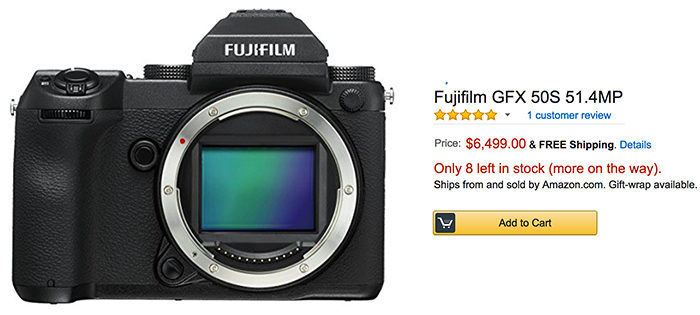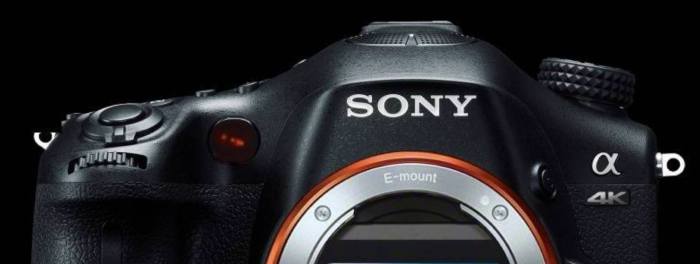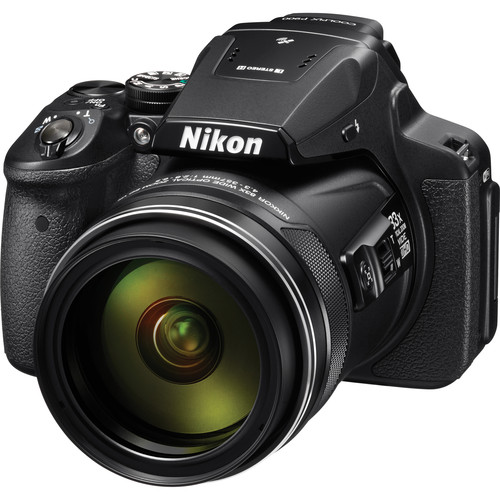Did DPreview just kill the Fuji GFX? :)
In a very long article Dpreview somehow killed all the arguments for a Fuji GFX purchase. In very practical terms the image quality difference versus the Full Frame competition is near to zero:
For equivalent apertures and final output resolutions, we do expect medium format to yield a slight resolution advantage, thanks to its lower demands on resolving power of lenses. But the extent of this advantage, especially given some of the tremendous progress we’ve seen in recent lens designs, remains to be seen: I’m not starving for eye-popping detail at 1:1 viewing of 50 and 42MP files when pairing a 5DS R or a7R II with stellar modern prime lenses.
That’s why I think the larger 55x41mm sensor should be used by Sony or other candidates to make their mirrorless medium format system camera….




